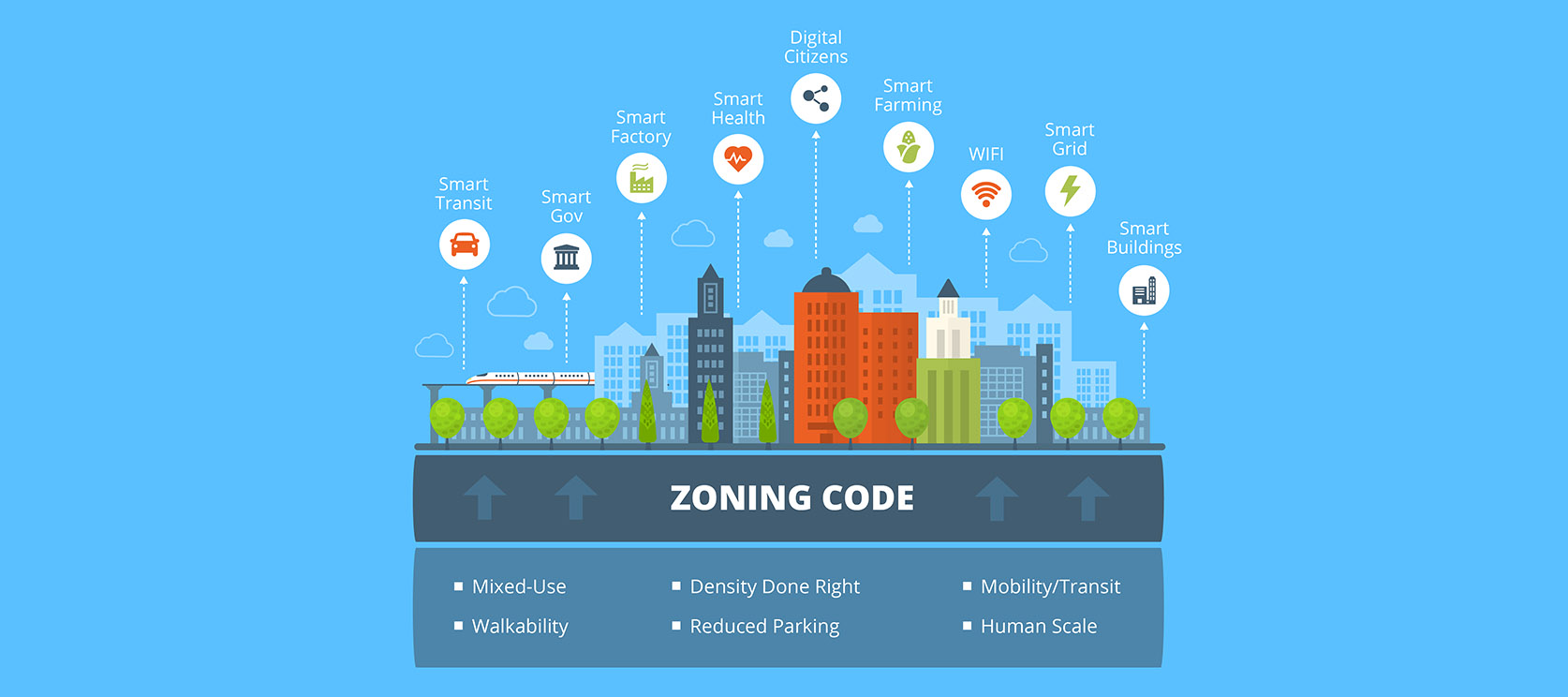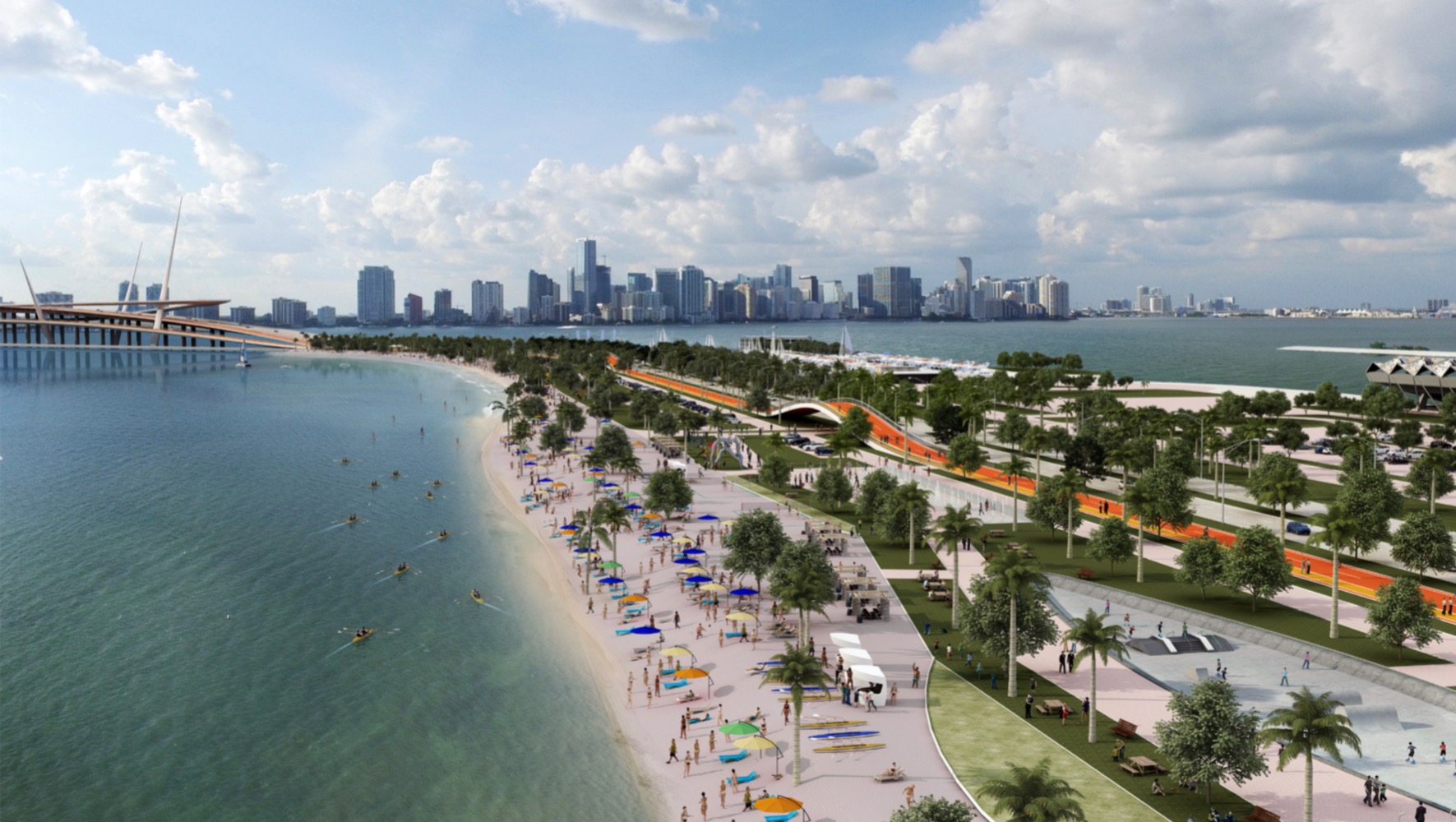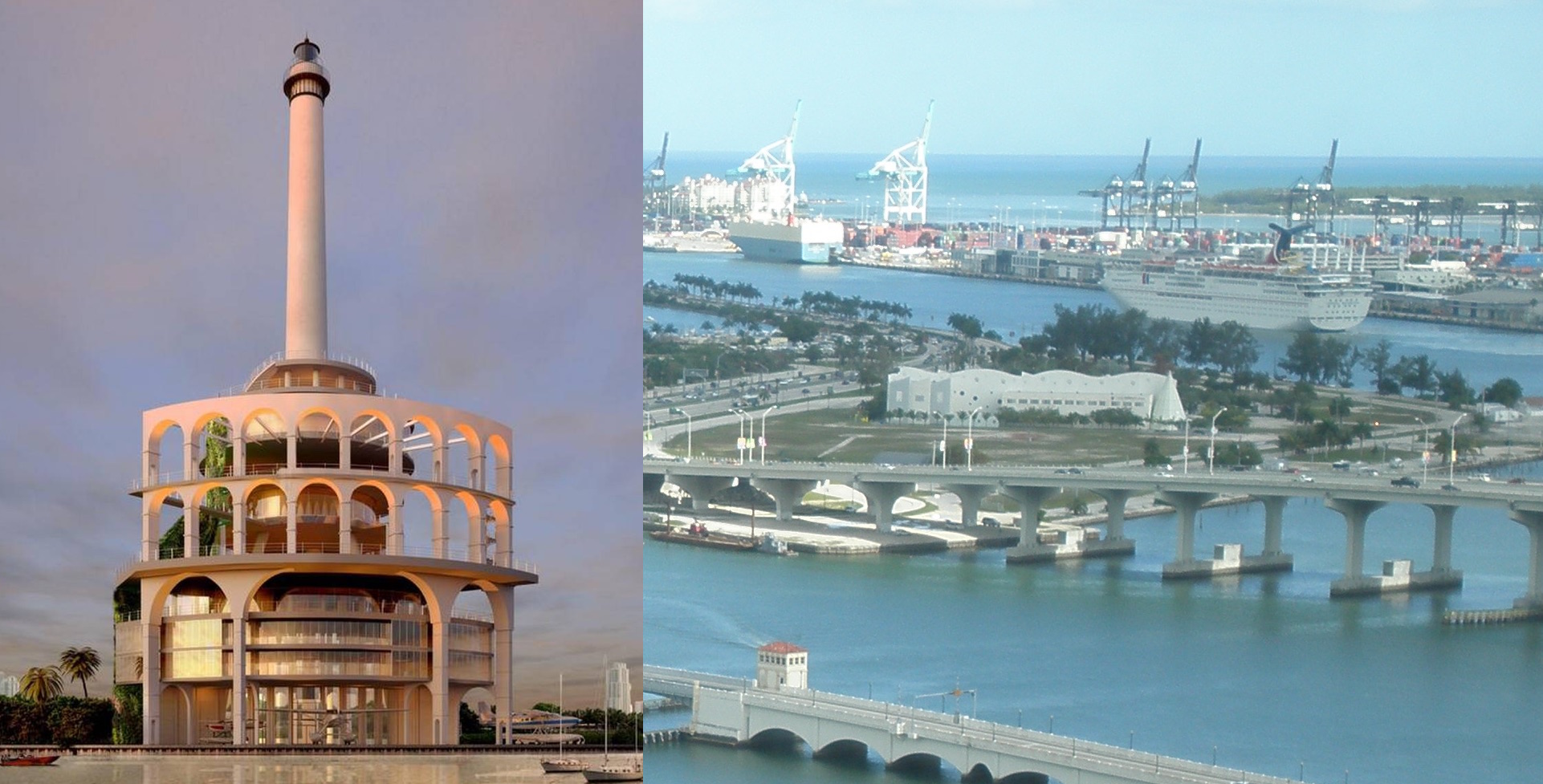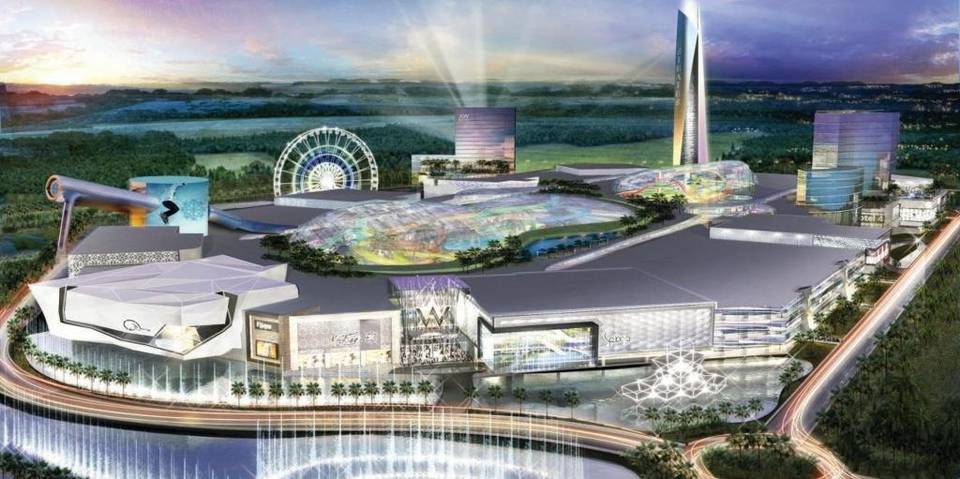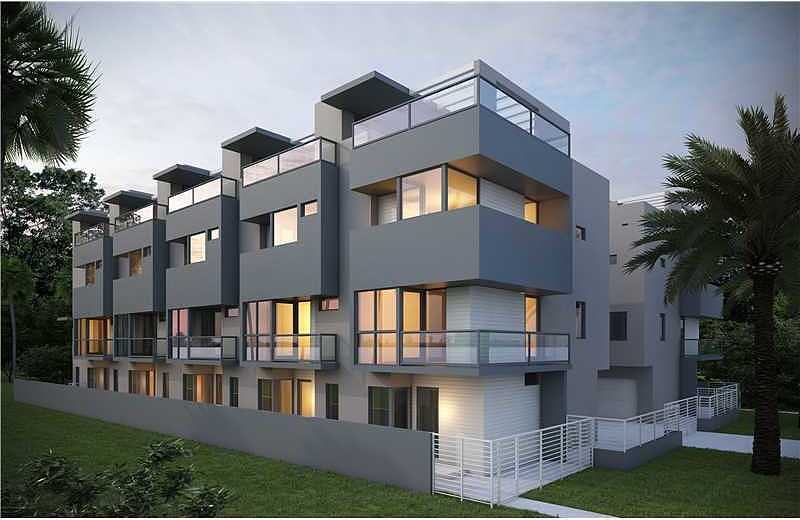Government Technology Magazine, a leading publication covering information technology’s role in state and local government, recently named Gridics as a GovTech 100 company for 2019.
Each year, GovTech.com analyzes the top software companies based on investment capital, sales, industry niche, and impact across all levels of government.
“Four years in, the GovTech 100 continues to provide a glimpse at the most innovative companies partnering with government to solve mission-critical problems,” said e.Republic Chief Innovation Officer Dustin Haisler, who was heavily involved in the list’s creation.
Gridics is featured in this year’s report alongside transformative companies such as OpenGov, Tyler Technologies, and the Boring Company, Elon Musk’s project to help cities combat crippling traffic gridlock. As the only intelligent zoning company on the list, Gridics stands in a category of its own.
“It is an honor to be highlighted among the 2019 GovTech 100 companies,” says Jason Doyle, CEO of Gridics. “From day #1, our team has been on a mission to change the way municipal governments solve zoning and planning challenges. The GovTech 100 recognition is validation that Gridics is creating technology to help build better cities and underscores just how important visualizing development capacity, driving economic development, and increasing zoning transparency are to the future of cities.”
Numerous municipal governments including New York, Miami, Fort Lauderdale, and Cupertino are already using Gridics, the world’s first 3D zoning management engine. From managing zoning code text online to understanding future development in 3D, Gridics brings never-before-seen transparency to city zoning.
Curious to learn how the Gridics technology platform can help you build a better city? For more information, please visit www.gridics.com or contact us at info@gridics.com.


